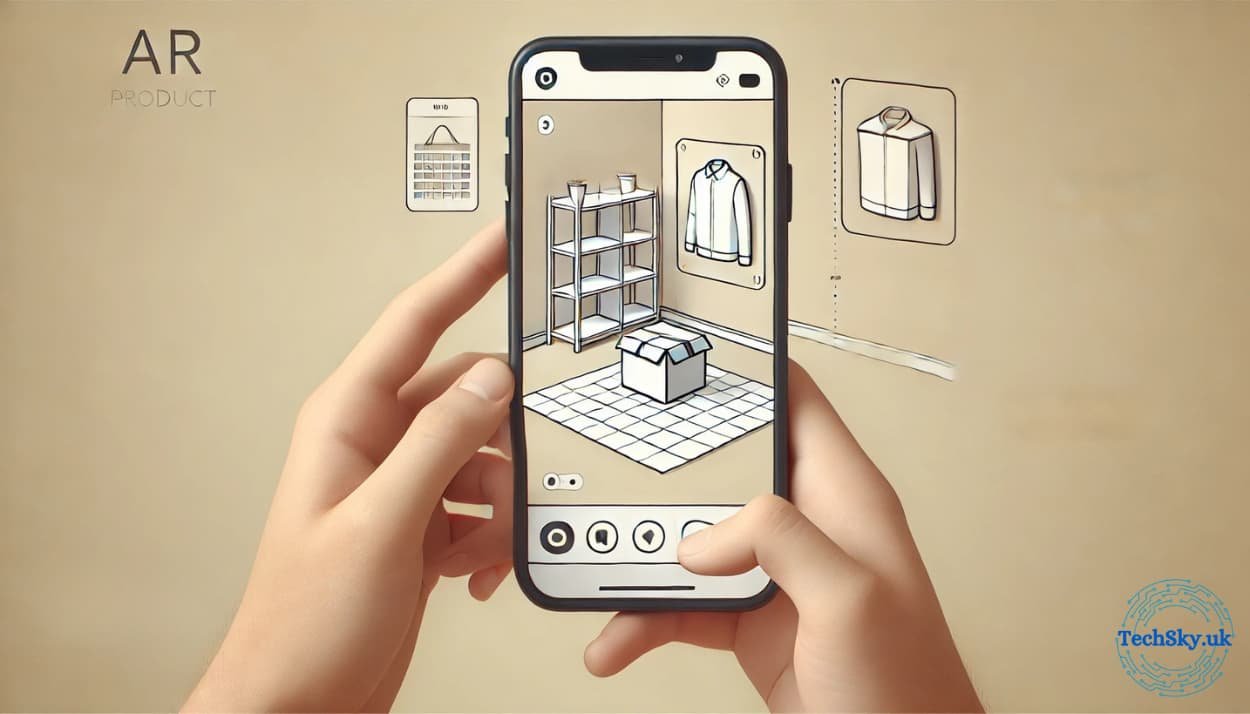Product visualization has come a long way, and augmented reality (AR) is leading the charge in transforming how consumers interact with products. By bringing items to life through digital overlays, AR empowers customers to make more informed decisions. In this article, we’ll delve into how AR is revolutionizing product visualization and driving better customer experiences.
Why AR is Ideal for Product Visualization
AR enhances product visualization by bridging the gap between imagination and reality. Here’s why it’s a game-changer:
- Interactive Experiences: AR allows users to view, rotate, and explore products in 3D.
- Real-World Context: Customers can see how products fit into their space or lifestyle.
- Increased Confidence: AR helps users visualize details, leading to more confident purchasing decisions.
These advantages highlight AR’s potential to elevate the shopping experience.
How AR is Used for Product Visualization
AR is being widely adopted across industries to showcase products effectively. Here are some common applications:
- Furniture Placement: Apps like IKEA Place allow users to see how furniture fits in their homes before purchasing.
- Virtual Try-Ons: AR lets customers try on clothing, accessories, or makeup virtually.
- Product Customization: Users can personalize items, such as cars or sneakers, and see their designs in real time.
These examples demonstrate how AR makes product exploration more engaging and practical.
Addressing Challenges in AR Product Visualization
Implementing AR for product visualization can come with hurdles, but these can be tackled effectively:
- High Development Costs: Start with simple AR solutions and scale as needed.
- Device Compatibility: Focus on platforms that work seamlessly across multiple devices.
- User Adoption: Educate customers on how to use AR features through tutorials and demos.
Addressing these challenges ensures a smoother implementation of AR solutions.
The Future of AR in Product Visualization
The potential for AR in product visualization continues to grow. Here are some emerging trends:
- Integration with AI for personalized recommendations based on user preferences.
- Development of web-based AR, making it accessible without downloading apps.
- Expansion into more industries, including real estate and automotive sectors.
These trends indicate that AR will become an essential tool for businesses looking to enhance product visualization.
Exclusive Insights: Brands Excelling with AR Product Visualization
Several brands have set benchmarks for AR-based product visualization. Here are a few examples:
- L’Oréal: Virtual try-on tools for makeup that help users find their perfect shades.
- Wayfair: AR furniture placement tools that simplify home décor decisions.
- BMW: AR apps allowing users to customize and explore car designs.
These brands showcase the versatility of AR in elevating the customer journey.
Did You Know?
Here are some intriguing facts about AR in product visualization:
- Over 60% of shoppers prefer stores that offer AR experiences.
- AR tools can reduce product returns by up to 40% by setting accurate customer expectations.
These figures highlight AR’s role in enhancing consumer satisfaction.
Key Takeaways
AR is revolutionizing product visualization by offering interactive, immersive, and practical solutions. By embracing this technology, businesses can improve customer satisfaction, reduce returns, and drive higher sales. It’s time to explore how AR can transform your product visualization strategy.
Frequently Asked Questions
Here are answers to common questions about AR for product visualization:
- Q: Is AR product visualization expensive to implement?
A: Costs vary, but many affordable tools and platforms are available to get started. - Q: Can AR visualization work on all devices?
A: Most AR tools are compatible with modern smartphones and tablets, ensuring broad accessibility.
